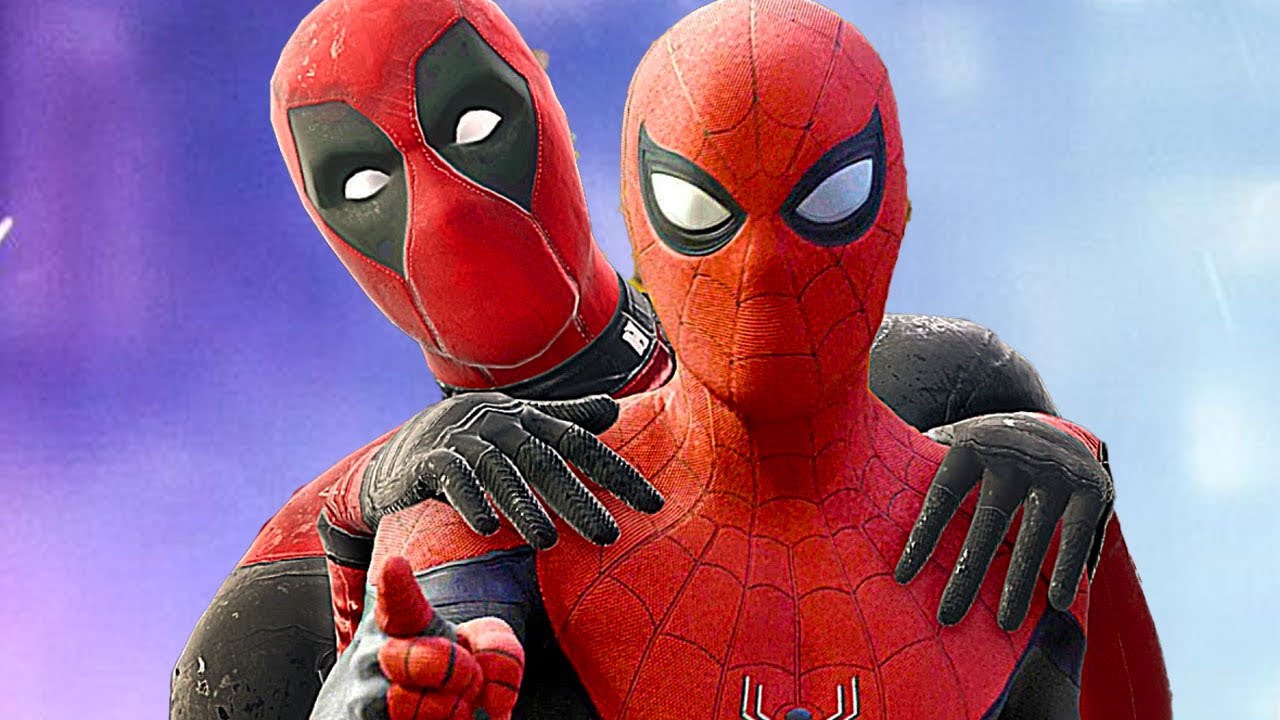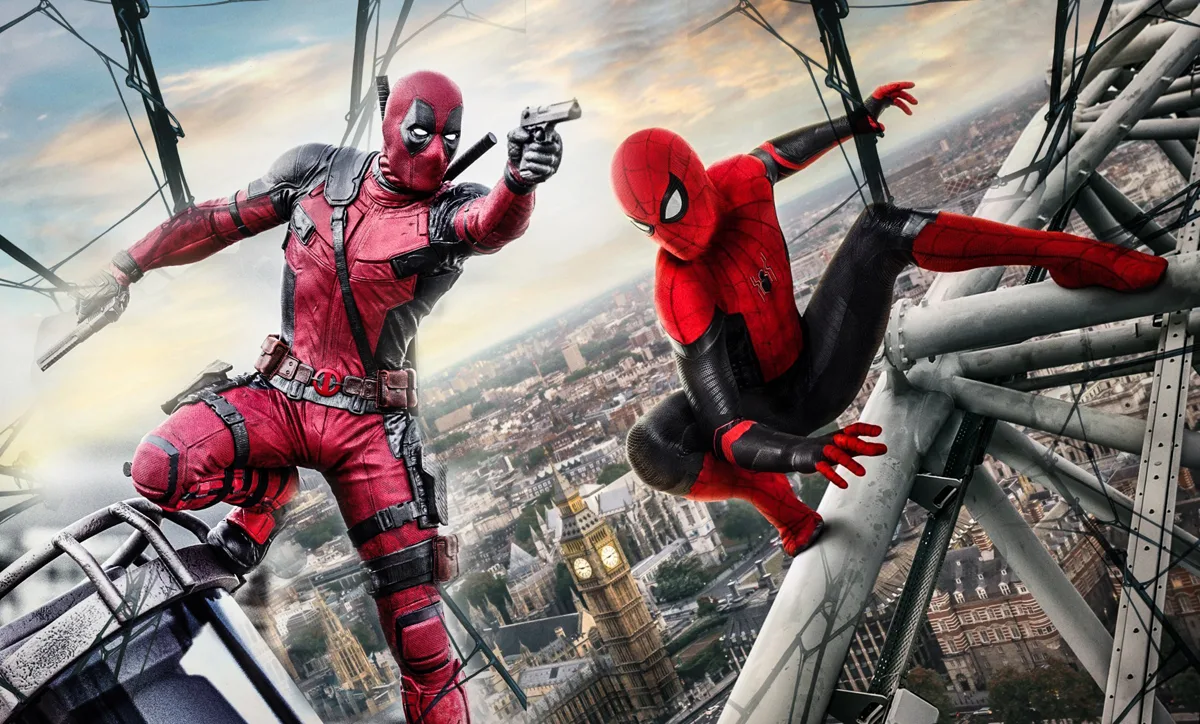In the dazzling world of superhero cinema, the quest for realism and authenticity never ceases. A recent innovation by a creative inventor might just be the breakthrough fans didn’t know they were waiting for. Imagine a superhero mask that moves its eyes in sync with the actor’s facial expressions, all without the magic of CGI. This isn’t a scene from a future Marvel movie—it’s a reality, thanks to a genius new design that’s captured the attention of fans and could potentially revolutionize the way characters like Spider-Man and Deadpool are portrayed on screen.

A Game-Changer for Superhero Suits
The new mask technology, developed by an inventive designer, employs infrared (IR) sensors to translate the pressure from the wearer’s cheeks into moving eye slits on the mask. This not only enhances the expressiveness of the mask but does so in a way that aligns seamlessly with the actor’s actual movements. The significance of this cannot be overstated in a genre where visual effects and CGI have long been staples in character portrayal.
For actors like Tom Holland and Ryan Reynolds, who have become icons through their roles as Spider-Man and Deadpool, respectively, this technology offers a new tool in their acting arsenal. No longer would they need to rely solely on post-production magic to convey emotion through their heavily masked personas. Instead, their real-time expressions could directly influence their character’s on-screen expressions, providing a more authentic and engaging viewer experience.

From Instagram to Hollywood: Fans’ Call to Action
The buzz began on Instagram, where tech enthusiast @alexironman_3 showcased his prototype. The video demonstration highlighted how subtle facial movements could dramatically alter the mask’s eye expressions. This isn’t just a party trick; it’s a practical, innovative solution that could be used in major film productions to bring a greater sense of realism to characters whose emotions are often hidden behind masks.
Fans’ reactions were a mix of awe and excitement, prompting calls for Marvel Studios to incorporate this technology into their future films.
The implications for movies like the upcoming “Spider-Man 4” and “Deadpool & Wolverine” are significant. By adopting this technology, Marvel could reduce its reliance on CGI, decreasing production costs and potentially speeding up the post-production process, all while delivering a more gripping and realistic character experience.

Why This Matters
In an era where CGI can make the impossible possible, the charm of practical effects holds a special place. They bring a tactile authenticity that digital effects struggle to match. This new mask technology bridges the gap between practical effect and digital convenience, offering the best of both worlds.
Moreover, as superhero films continue to dominate the box office and cultural discourse, innovations like these are more than just technical achievements—they’re enhancements to the storytelling process. They allow actors more freedom to express and connect with their audience, ensuring that the emotional depth of the character goes unmasked.
As the film industry continues to evolve, the integration of such technologies will likely become a focal point for discussions on how best to blend traditional acting with digital enhancements. For now, fans and actors alike can dream of a future where the line between actor and superhero blurs just a bit more, making the fantastical characters we see on screen feel even more real.

